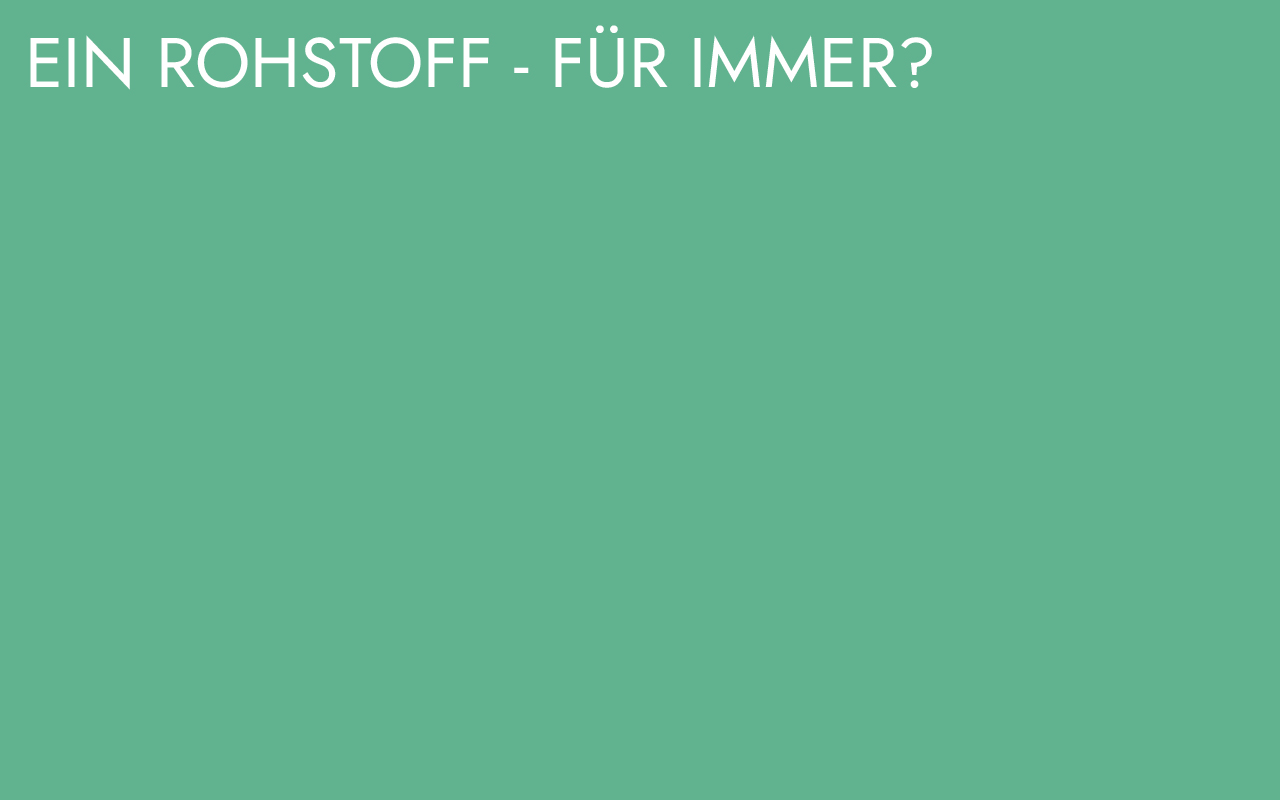SUFFICIENCY & CIRCULARITY
a theoretical project with the aim of writing a paper
_to discuss scientific issues relating to material cycles and sufficiency
_to develop hypotheses for future material cycles (for bioplastics) or for more sufficient consumption
_to discuss the role of design in / with research or research through design

Promising bioplastics are being developed to escape the current one-way flow of plastics: Such that replace (questionable) standard plastics with biodegradable plastics made from renewable raw materials; such that are synthesised by micro-organisms from CO2 in the air, whose properties can be adjusted in a variety of biotechnological ways; such that dissolve or degrade as required in the body or in the ground when ploughed under; or such that allow recyclable adhesive layers, …
However, the actual circulation capability of these bioplastics does not only depend on their technological potentials. The general acceptance, conscious use, the return and recycling structure, the business model, the networking of all players and, last but not least, the product design are just as decisive for whether the materials used actually circulate – the design for cycability.
Actually, the task of this semester project should have been to develop concepts for applications and products made of circulating bioplastics in regional cycles. The starting point would have been bioplastics and systems from selected research institutes in the region. We postponed this task until the 2020/21 semester, as cooperation with external institutes and practical experimentation were not possible during the corona lockdown.
However, we used the second half of the semester for theoretical preparation for the topic.*
Through intensive reading of diverse literature and scientific papers, workshops with experts from the scientific community, discussion groups, podcasts and input on (scientific) writing, the students developed hypotheses on sufficiency and circularity and discussed a selected hypothesis in a paper.
The topic of sufficiency followed the question “How can design establish sufficient consumption?” and was supported by Lioudmila Chatalova from the Leibniz Institute of Agricultural Development in Transition Economies (IAMO).
On the topic of circularity, the task was to deal with a self-chosen criterium of cyclability and to develop and discuss concrete recommendations for designers to allow bioplastics to circulate regionally. We received valuable support from Manuel Bickel of the Wuppertal Institute.
Finally, both topics were to be given an outlook on how design can make a relevant contribution to the respective research question in order to gather further, still missing evidence.
* In the first half of the semester we dealt with the problems of the corona pandemic in the PLAN-C project part
| supported by: | Prof. Mareike Gast Karl Schikora Anna Hoffmann |
| year: | 2020 |
| level: | higher BA and Master |
